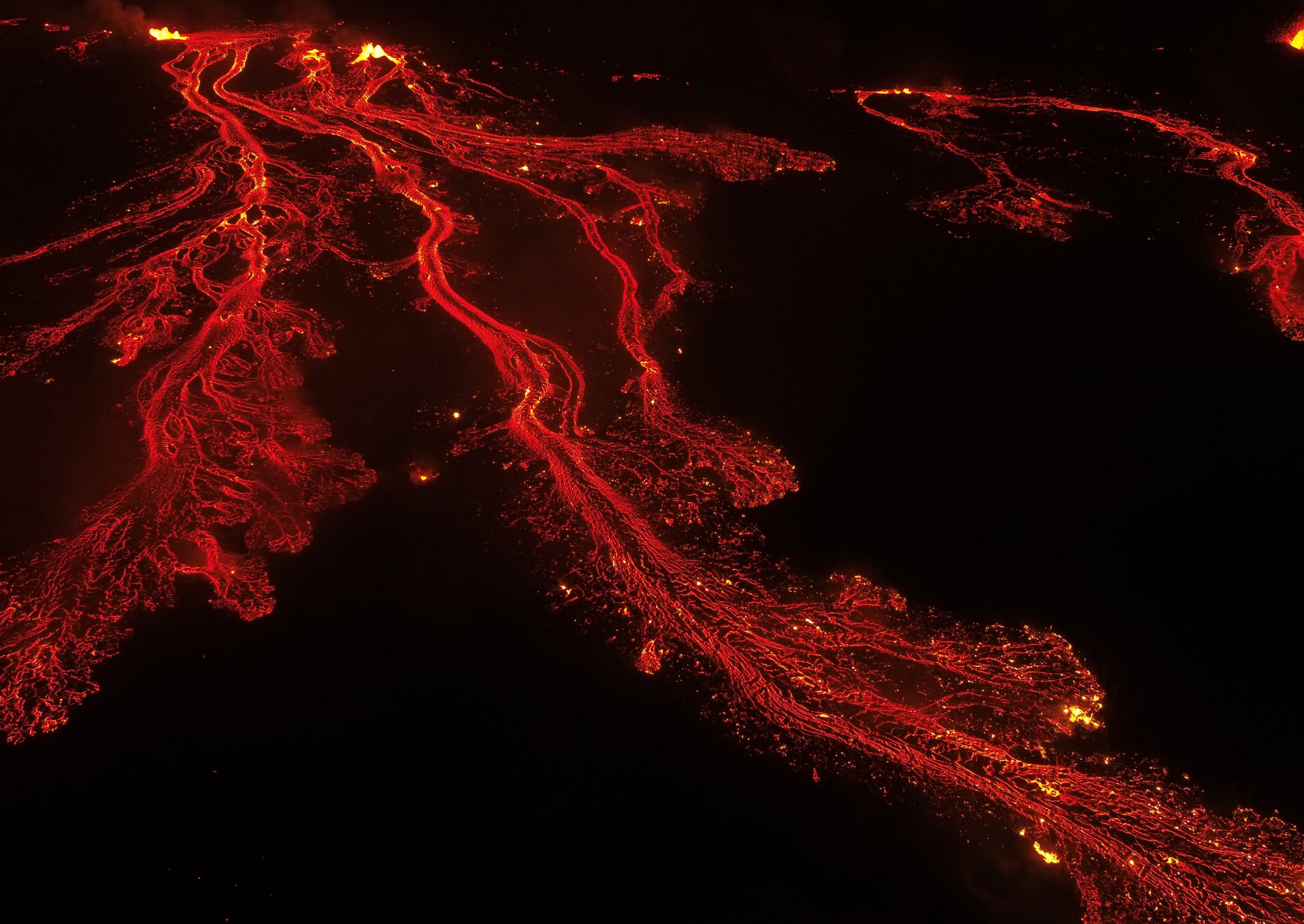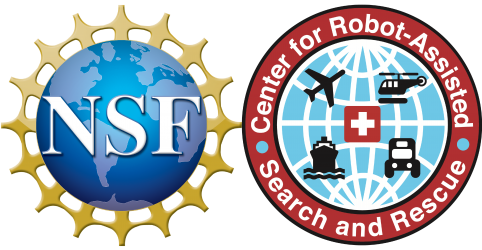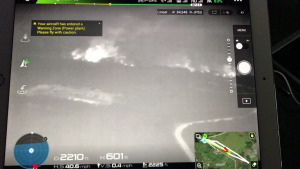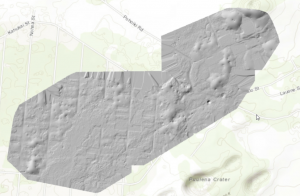This is the livstream LINK: https://youtu.be/ExaF_
You are invited to participate in the AI for Natural Disasters workshop (Field Institute Co-Located with AAAI-19), held in Hilo, Hawaii, on Jan 26, 2019, from 9AM to 5PM.
All participants must submit a 1-page abstract for a short presentation on their relevant work, and contribute to thoughtful breakout sessions and the creation of a research roadmap.
Please email research@crasar.org with your expression of interest, with registration link to follow. Participation is limited to 30 people due to the hands-on nature of the event. There will be a small registration fee of $40 to cover transportation costs – as we will be visiting the Kilauea volcanic site, Hawaii county emergency response facilities, and University of Hawaii at Hilo, plus providing shuttle service to/from the Hilo airport (which has hourly flights from Honolulu). There will be a no-host lunch at a local venue with poke, musubi, and other local fare as well as sandwiches, vegetarian options, etc. Jan 26 is Ellison Onizuka Day and there will be many family-oriented activities going on in parallel in Hilo and the Mauna Loa observatory.
Registration is closed!





